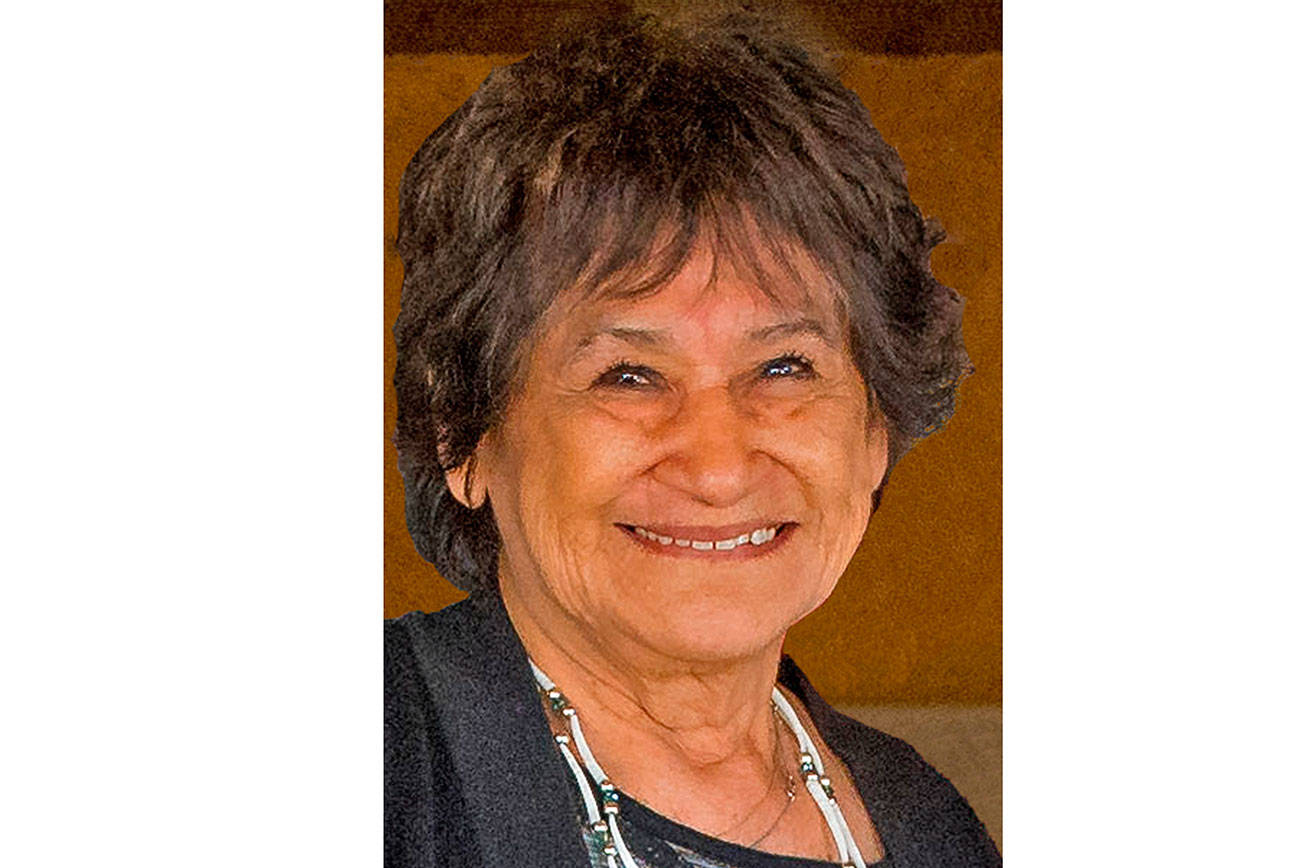In a recent issue of the Globe, Marysville police Sgt. Doug Lee stated police position regarding fines for speeding past schools. Since slow-thinking drivers may still be adjusting to the new school year it was a timely warning. Yet something seemed out of balance. Lee warned drivers about fines they might incur if they don’t slow down but left them in confusion as to the exact conditions that call those fines into play.
Don’t get me wrong here. I’m not advocating unsafe speeds in school zones. The issue is that drivers need to know exactly what is meant by, “when children are present.” Caution signs say, “Speed Limit 20 mph when children are present.” Taken at face value the police statement seems simple. In practice, it leaves a world of confusion.
The sign in front of Grove Elementary calls for a limit of 20 mph when children are present. Does that mean children in the street? Children on the sidewalk? Children in the school yard? Children in classrooms? We all grew up understanding that, according to school registers, children are either present or absent. Present means that they’ve shown up and are haven’t been listed on a teacher’s absent-slip. Because it is hard for some drivers to get that understanding out of mind, does WHEN CHILDREN ARE PRESENT mean during school hours or something else? Or is the 20 mph limit in force only when yellow lights are flashing — or at other times, too?
Sgt. Lee explained that the 20 mph limit holds not just during school hours but at any other time when children might be present. Even on weekends. That high standard calls for an uncanny level of awareness on the part of drivers. Since it is highly possible for children to be at or near schools during all daylight hours and into the evening it would be simpler to post a 7 a.m. to 9 p.m. limit of 20 mph in all school zones
An on-again off-again 20 mph limit thrusts an unfair burden on drivers if it is applied during non-school hours. Children can be expected to detour into school yards for recreational romps at any time of day. Does that mean drivers should be expected to search school grounds for the possibility that children might be present before passing faster than 20 mph? Yet Sgt. Lee’s statement says police patrols will be watching. Is the 20 mph limit in force when a soccer club works out after school on a corner of the school grounds?
Surely the police don’t mean for school properties to be posted 20 mph seven days per week at all but the darkest hours. Since that would be a bit over-the-top, some additional clarification of permissible school-zone speeds might be offered.
Put another way, must schools represent all-day choke-points on Marysville’s arterials. Nearly all of Marysville’s schools adjoin or are near arterials and virtually all are guarded by 20 mph speed limit signs — when children are present. With or without school-zone restrictions, Marysville’s arterials are impossibly clogged. Growing population, like cholesterol, has choked the town’s arteries to the point where some sort of five-way by-pass operation is sorely needed. But that’s not going to happen. Schools didn’t cause the problem but within the realm of safety, they should make as small an impact on traffic snarls as possible.
Fifty year-old plans to relieve traffic, like the vanished vision for punching 51st Avenue through a corridor now blocked by Pinewood school, gather dust. Money is short and other needs compete with road development. The best the city can do is work to ease choke points wherever they may be. Is it possible that schools, without heightening risk, might lessen the pressure on traffic choke-points for at least some hours during the day?
Any movement in that direction brings three agencies into the discussion: schools, police and traffic planners. School law is reasonably clear as to responsibility for the safety of children. Police are charged with keeping the law. Traffic planners do their best with too little money to improve what has become an impossible situation. Because all agree that nothing should compromise children’s safety, does that mean the issue is automatically closed? Or might the School District, planners and police take second and third looks to see if increments of change can help traffic flow without endangering children.
Did the police overstate the hours when the limit should be when 20 mph? Might schools be better fenced to so minimize risk so that a 20 mph limit might apply to fewer hours? Should the public parks where children play enjoy the same protection?
No matter how stringently laws are written, car-pedestrian accidents continue to happen in streets, driveways and shopping mall parking lots. Life is dangerous. During my school years I was injured three times on school grounds but never on the way to or from school. No amount of law would have kept me from getting hit by a baseball or falling down stairs or getting slightly impaled on a schoolyard fence.
MUTCD, the Manual on Uniform Traffic Control Devices has pretty much standardized thirteen traffic signs that may be used in school zones. Marysville can pick from them and opt for whatever speed restriction fits each situation best. But in the end, it is drivers who must carry a constant alert in their heads: CAUTION, WATCH FOR CHILDREN. I wish it were that simple to understand the police’s interpretation of the issue.
Comments may be addressed to: rgraef@verizon.net.
Editor’s note: In the Oct. 29, 2008 issues of The Marysville Globe and The Arlington Times, Robert Graef was inadvertantly identified as the Library Director for Sno-Isle Libraries.







